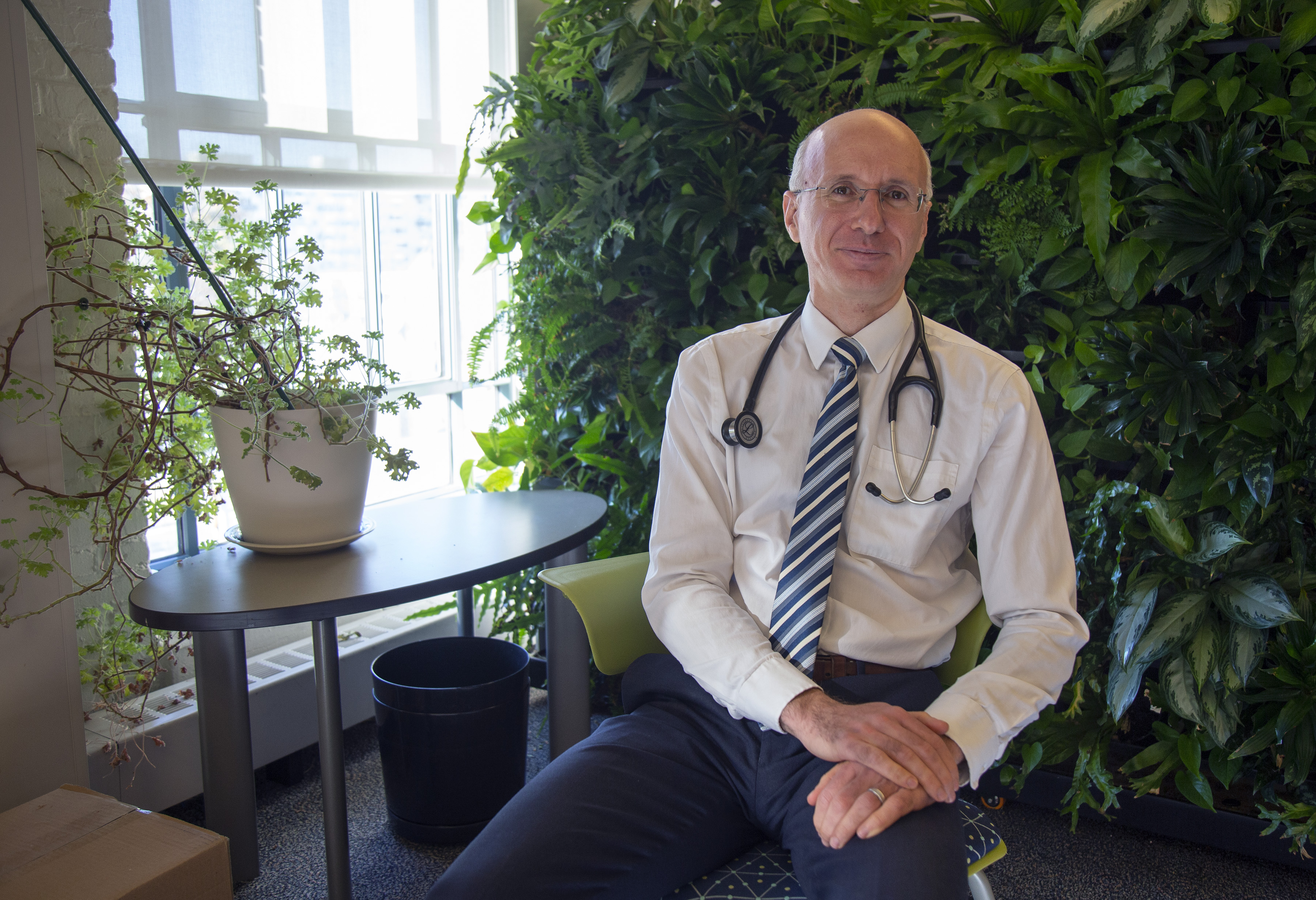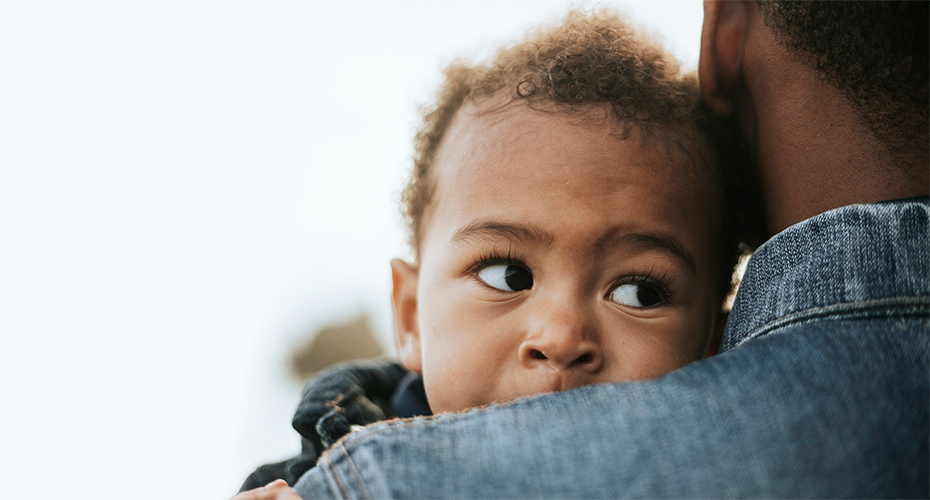Aug 3, 2020
A child’s right to breathe
In a Coverage series, a physician explores the ways health and health care are affected by climate change, and highlights climate actions families can take to ensure that we provide our children and our loved ones with a healthier, more just, and sustainable world.
I always hope that the next time I care for a child who needs a breathing machine to save their life from an asthma flare it will be my last. Cases of children with asthma this severe are fortunately rare, but across my career I’ve cared for many, and each time I do, I wonder what’s made this child’s asthma so much worse than all the other children who have the disease?
There’s something about seeing a child hooked-up to a breathing machine that has seared their faces in my memory. They were mostly boys. Often early adolescents. And almost always Brown or Black.
The faces I remember line-up with what data from across the country tells us. Black children are nearly twice as likely to have asthma and 10 times more likely to die from the disease than white children. The odds that any child dies from asthma in the United States declined sharply between 2005 and 2015, but the disparity in risk of death between Black and white children grew.
These differences speak to a larger story of health disparities in the United States. It’s a story that has been too rarely told but has never been more important. The factors that make a Black child more likely to get asthma relate to those that help explain why Black communities in the U.S. have death rates from COVID-19 that are three times higher than the national average.
In the case of asthma, health disparities start before birth. Many factors can contribute to whether a child develops asthma. Among these, being born too early stands out and evidence continues to mount that women who breathe more air pollution during pregnancy are more likely to deliver babies before they reach maturity. Not only are Black people in the United States far more likely to live in places where air pollution is worse overall, near major roadways or power plants, pregnant Black women are twice as likely as pregnant white women to live in counties with the worst air quality. Exposure to air pollution after birth also can contribute to getting asthma and making asthma worse once you have it.
Black Americans’ disproportionate exposure to air pollution has everything to do with racism in the United States. For centuries, Black Americans were systemically prevented from owning homes, particularly in neighborhoods with better-funded schools, parks and other amenities. In a cruel irony, the National Housing Act of 1934, intended to improve home ownership opportunities for Americans, resulted in codified racial discrimination. More than American cities were zoned by their “investment security” in a process that later became known as redlining.
Due to redlining in Boston, historically Black neighborhoods were much more likely to receive the lowest ratings - class D. This meant that Black people and other minorities were unable to get the mortgages that the federal government was backing. The redlining of the past can still be seen in Boston—and other cities—as areas graded as D are more likely to be near sources of pollution (like major roadways or power plants) and have residents more likely to get sick because of it. They also have fewer trees and more intense urban heat islands. More than 80 years later, and 50 years after the Fair Housing Act, researchers continue to find widespread evidence of discrimination in access to housing.
When I care for a Black child with asthma (or a host of other health problems that disproportionately impact Black children), I am often doing so as a result of centuries of racial discrimination that have created health inequalities that persist today.
In our collective present reckoning with how to fight the injustice we see in our society today—and all the harms to our health it causes—we can all commit to anti-racist actions that promote environmental justice.
To do this, we need to get engaged. Issues of environmental justice have been embedded into our policies, laws, and communities for decades, and to undo their injustices, we need to educate ourselves and speak out. A good place to start is by attending your local town meetings and hearings, where decisions are made about new developments, infrastructure, and transportation initiatives that may impact air pollution in your community. Get involved in local efforts to fight for clean air and water.
We will also need leadership from the private sector and our government. And when it comes to governments, we can vote for environmental justice. We can learn about—and vote on— candidates’ stances (and better yet, track records) on pollution. If we all take these and other steps to reduce air pollution, we could go a long way to making asthma less of a problem for our children, and especially for children of color in this country.
Did you find this article informative?
All Coverage content can be reprinted for free.
Read more here.

Dr. Aaron Bernstein is co-director of the Center for Climate, Health, and the Global Environment at the Harvard T.H. Chan School of Public Health (Harvard Chan C-CHANGE) and a pediatrician at Boston Children’s Hospital.
PHOTO OF Dr. AARON BERNSTEIN BY JOHN WILCOX

